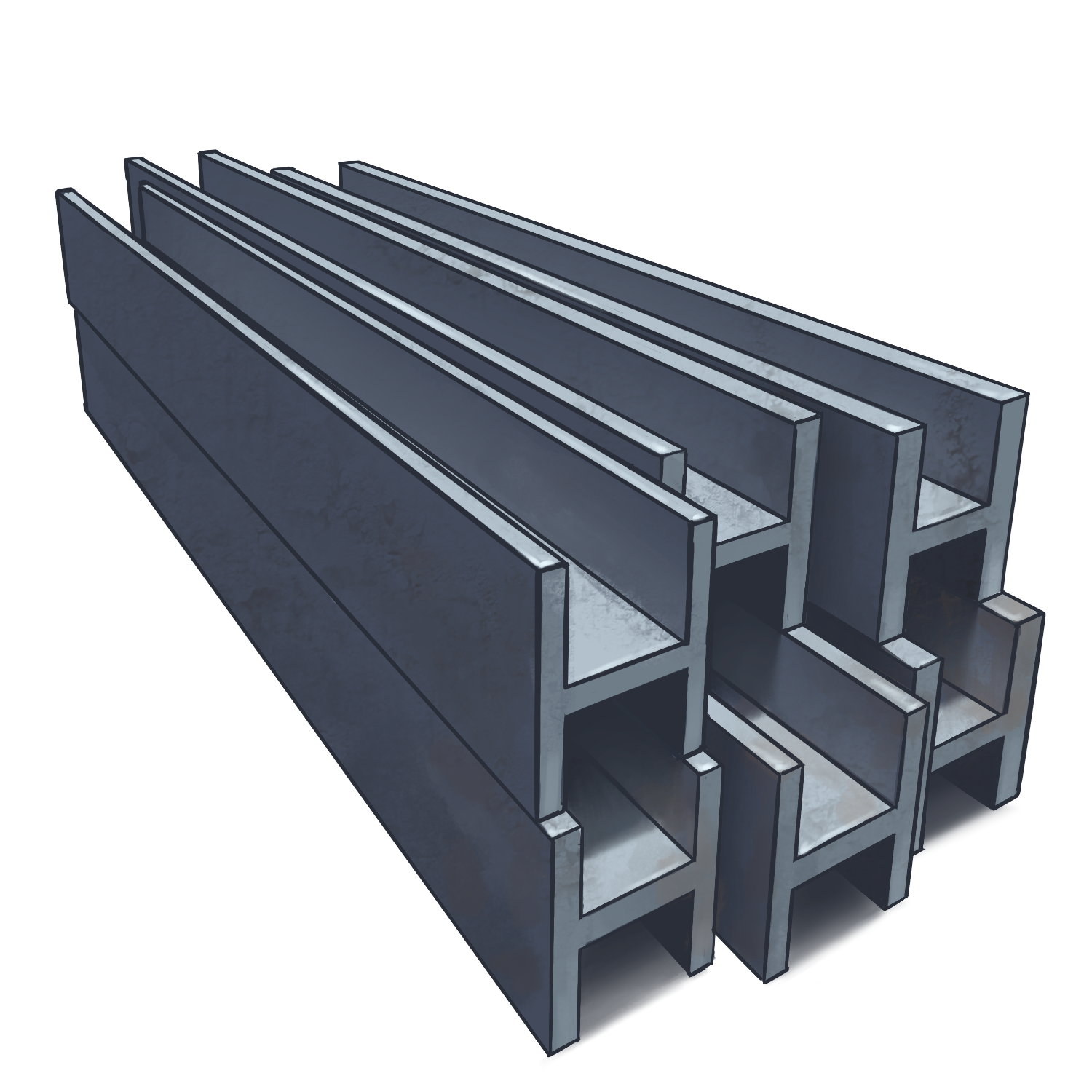Game Design Insights: The Mana System
Sunyata introduces an all new, dynamic mana system that changes each game while keeping a consistent mana curve. Every turn, players choose two of four randomly generated support cards that match their chosen mana type(s). The cards chosen determine what mana types players use and also provide unique abilities such as creature damage, token summoning, and special buffs. Stacking copies of the same support card allows players to use the ability multiple times per turn, but each player is limited to three different abilities at any one time. Choosing which support cards best match your deck, and which abilities scale in power with multiple uses, adds a fresh new depth to dueling strategy.
The goal is to give players the consistent mana progression of games like Hearthstone with the deckbuilding flexibility of Pokemon or Magic the Gathering, while rewarding players for incorporating mana in their strategy.
Hearthstone popularized the neutral mana system that most digital card games use - each turn, both players get to use one additional mana. Every game has the same ramp up speed and all cards are played with the same mana type. This approach softens the learning curve and generally players feel that they had a fair chance at playing their cards. In card games like Pokemon and Magic, not drawing enough mana (or drawing too many) can ruin a deck's strategy and make players feel like they did not have a chance to win purely due to bad luck.
The drawback of Hearthstone’s system is it harshly limits the options game designers have for diversifying the meta (and consequently, the options deck builders have). If players can use any cards with only one mana type, there will be a stale meta where every deck uses the same core set of powerful cards. To avoid this, Hearthstone splits the most powerful cards into different classes and limits players to one class per deck. This drastically reduces the number of deck building combos players can craft together.
Magic and Pokemon have a more flexible approach where players can build their decks with as many mana types as they like. Players have an incentive to limit the types they use so that they can more reliably draw the specific mana needed, but this drawback can be weighed against the potential benefit of the combo.
Sunyata combines the best features of both systems while avoiding the main drawbacks. Players have complete flexibility when deck building - all cards can be used in combination with each other, provided the benefit is worth the cost of dividing the mana pool. But players never have to worry about having less mana than their opponent or not drawing the mana type they need for their cards.










